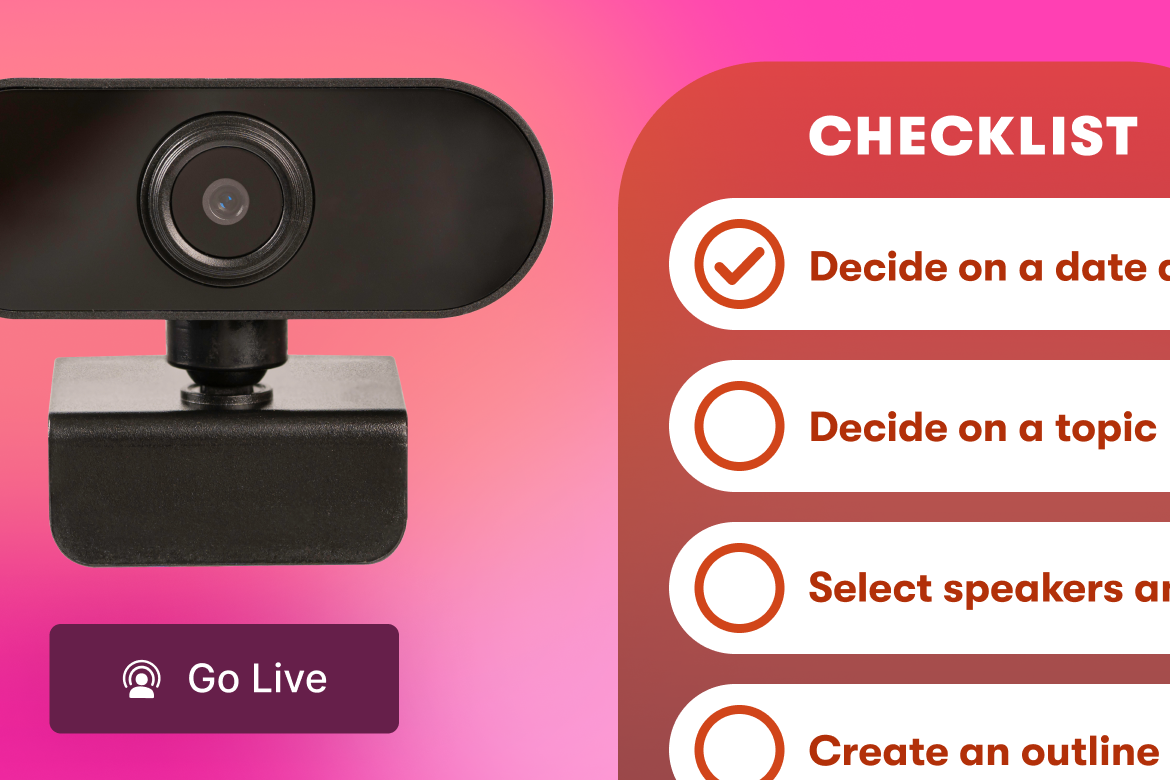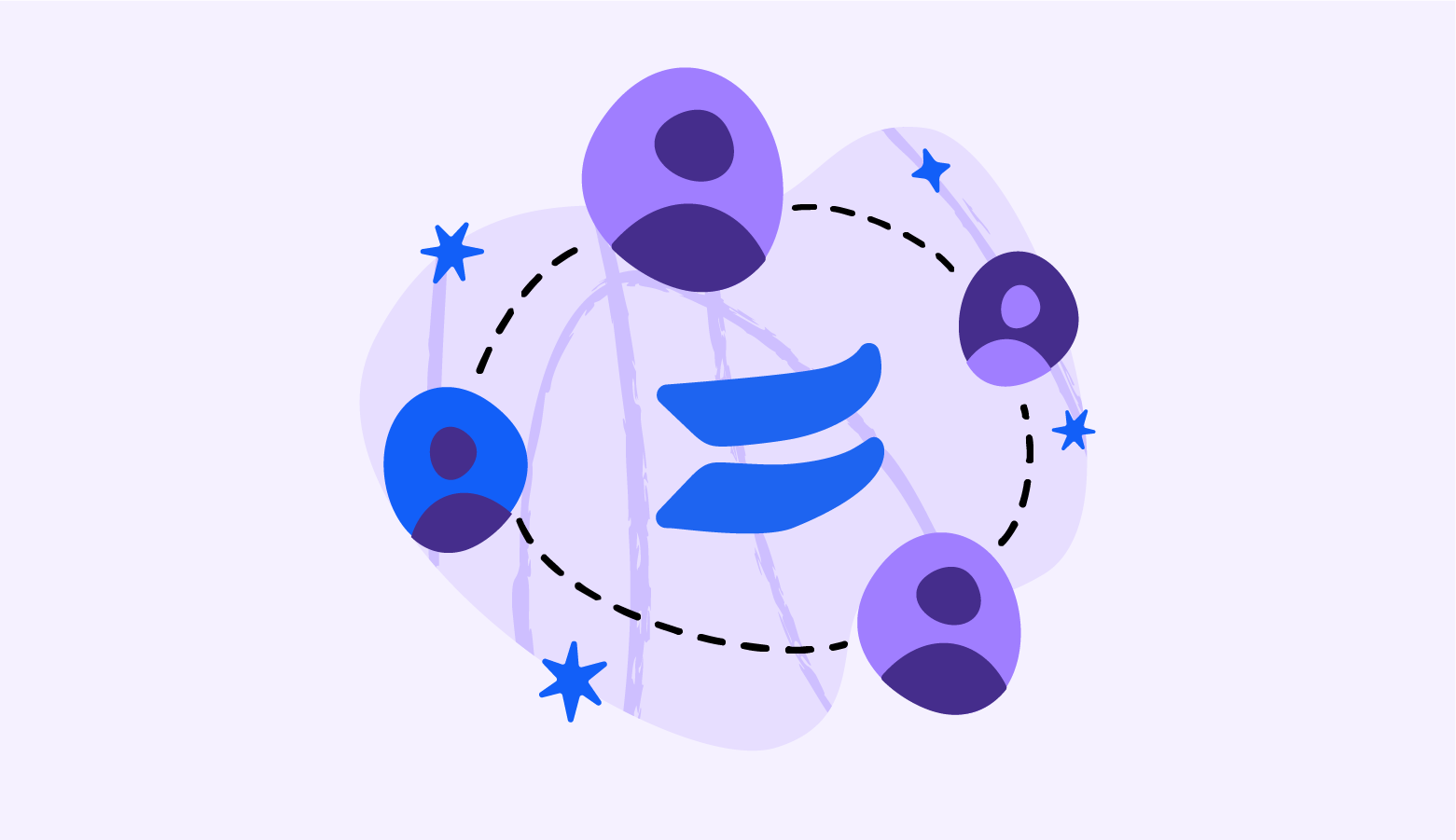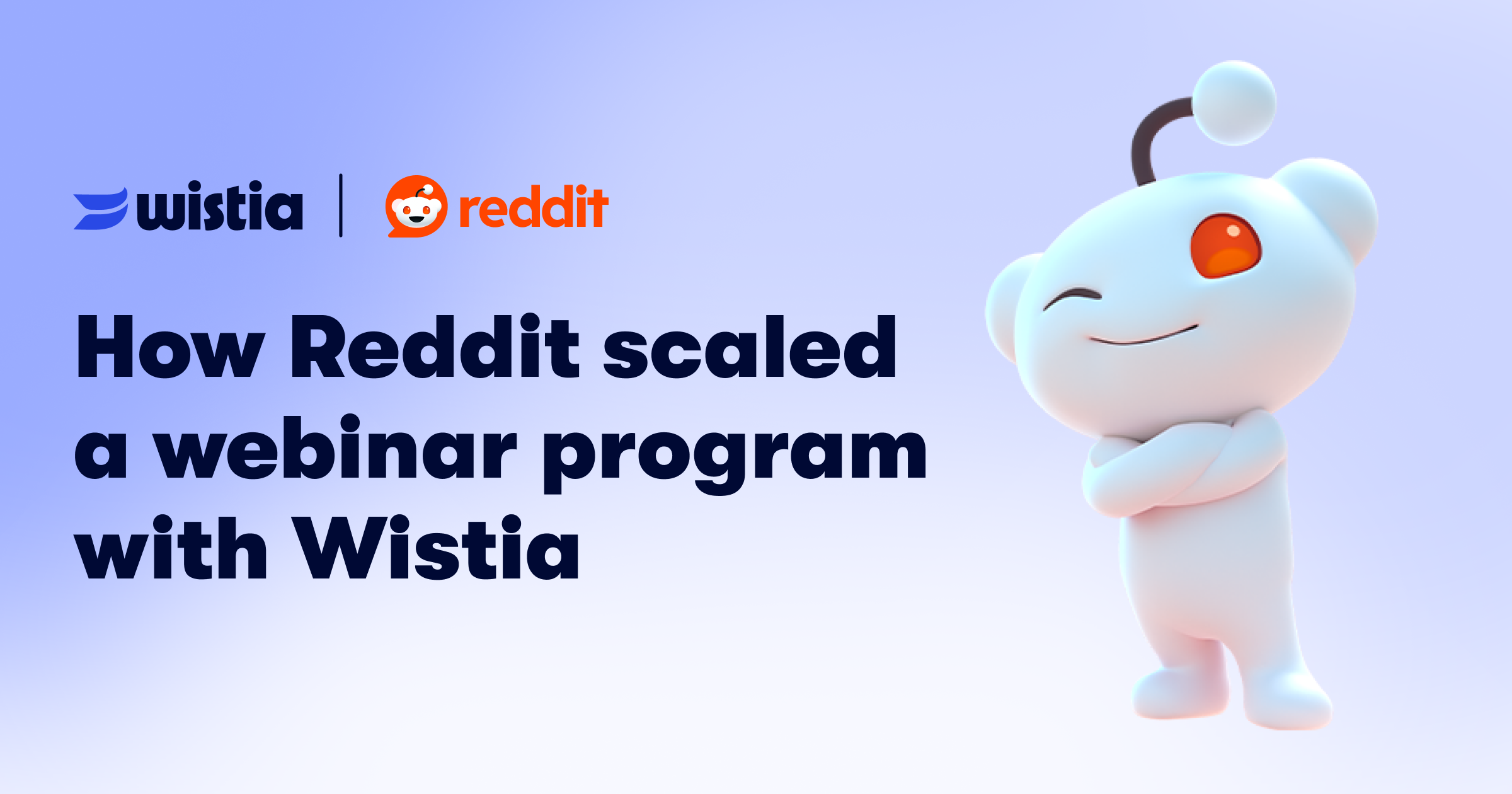Define Your Vision to Differentiate Your Product
August 15, 2015
Topic tags
The business of software is insanely competitive today.
Back when we started Wistia in 2006, we had a crazy number of competitors, including Brightcove, Vimeo, YouTube, Fliqz, Delve Networks, Veoh, VideoEgg, Flimp, Grouper, Viddler, and more.
Today, the space is still as full as ever with players, each offering the basic video hosting functionality that most people need to get started. The pack has started to separate, though. Curiously, what I’ve noticed is that it’s not features, testimonials, price, or even benefits that differentiate companies.
How do potential customers decide what to use among a panoply of options?
At Wistia, we’re learning that now, more than ever, properly articulating our company vision is what’s helping people understand why they should choose us.
We’re not selling boxes anymore
To buy software back in the day, you’d go to the store, buy a box, and bring it home. Inside of the box would be a shiny CD, which had your new program on it.
You’d install the program on your computer, and then you’d use it for a few years. When the next version came out, maybe you’d get a discount because you bought the previous version. If it had some good upgrades, you’d consider making a purchase.
That’s all changed.
Now when you’re buying software, you’re not getting a static product. You’re buying something that’s continually evolving and changing. At Wistia, like most SaaS companies today, we deploy fixes and improvements multiple times per day.
And it’s not just pure software, either. This is true for any product that’s software-enabled today and will be software-enabled in the future.
For example, I pre-ordered an Apple Watch despite full knowledge of its many limitations. Because the watch runs software, I knew that the physical product would grow and evolve as Apple updated watchOS and as the app ecosystem grew.
When we buy software today, we’re not just buying into the current benefits, features, and price. Instead, we’re making a bet on the product’s future.
“When we buy software today, we’re not just buying into the current benefits, features, and price. Instead, we’re making a bet on the product’s future.”
How design differentiated Squarespace
“Easy website makers” is a category that’s blown up in the past few years with companies like Squarespace and Wix growing so huge that they’re running dueling Super Bowl ads starring Jeff Bridges and Brett Favre.
Today, it’s very clear that Squarespace has separated themselves from the pack, but think back to just a few years ago. Many companies in the market offered essentially the same product, with just a few distinct features here and there.
Early on, Squarespace marked out their territory as the site maker that cared about design. Design is so important to the company that it’s enshrined in their company values.
Back then, “design” basically just meant slightly cooler-looking templates. But that vision has grown over time into a gorgeous product from front to back, with an Apple-like attention to the smallest design details that create true product differentiation. That’s why understanding a company’s future is so important to prospective customers — they’re betting their livelihood on the direction that you take your company in.
Leveraging the future to sell the now at Microsoft
Recently, Microsoft has captured the tech world’s attention with the HoloLens, a pair of glasses that projects manipulable holograms onto the real world. It’s the stuff of science fiction, and it’s amazing.
The HoloLens has no release date, and it doesn’t look like it’s anywhere near consumer-ready. That means we’ll have to wait until at least 2016 to see the product, while Microsoft solves what are undoubtedly super difficult technological and manufacturing challenges.
The HoloLens demo told a powerful counter-narrative about drab, old Microsoft. As I watched it, I found myself thinking, “Wow, the future of Microsoft looks really cool.” And that’s a powerful brand story that will sell more Surfaces today.
How we defined our future
When we were starting, we noticed that people used Wistia for a million different things including internal training, collaboration, sales, marketing, and more. That felt fantastic.
The hard part is that when people use your product for so many different things, it’s tough to focus on any one use case. This is doubly true early on when you’re on-your-knees grateful for every customer that you can get.
Our website during that time revealed to our potential customers that we didn’t know where our product was headed. When you don’t know who you’re building your product for, it’s difficult to imagine the future.
Casually trespassing to contemplate Wistia’s future on a nearby staircase.
During that time, our business struggled — and that struggle lasted for 4 years.
But then, we made a change, and Wistia took off at an unprecedented rate. This change was both incredibly simple and profoundly transformative.
We decided that we should focus primarily on video marketing. You can use Wistia for collaboration, internal training, and more — but Wistia is built for video marketing.
That resulted in an inside-out change for our company. We focused our external marketing site on the video marketing message and carried that through internally to our product roadmap, customer success, and even the way we talked and thought about our company on an individual level.
Everything we did reinforced the video marketing focus. By honing in on the vision of where we wanted to go, we made it easier to make product and marketing decisions that reinforced our value proposition.
“By honing in on the vision of where we wanted to go, we made it easier to make product and marketing decisions that reinforced our value proposition.”
For prospective customers, that clarified the future of Wistia. People told me the day that they saw Turnstile for email capture was the day that Wistia clicked for them. They could finally see where we were headed and why we were so different. That moment fundamentally changed their perception of us.
Our audience could look into the distance and see that features like Super Embed and Turnstile would become more and more powerful. They knew that better analytics were on their way. They could envision being a part of a community built around video marketing that didn’t exist anywhere else on the web. By honing in on our vision, we began differentiating our product.
It’s always day one
For startups, the power of vision represents a huge opportunity. While big companies have more features and they can price their products lower, incumbents and startups are on equal footing when it comes to being able to articulate a vivid vision for the future.
Even though we’ve been working on Wistia for nine years, we’re still just getting started, and as Jeff Bezos says, it’s still day one for the internet.






